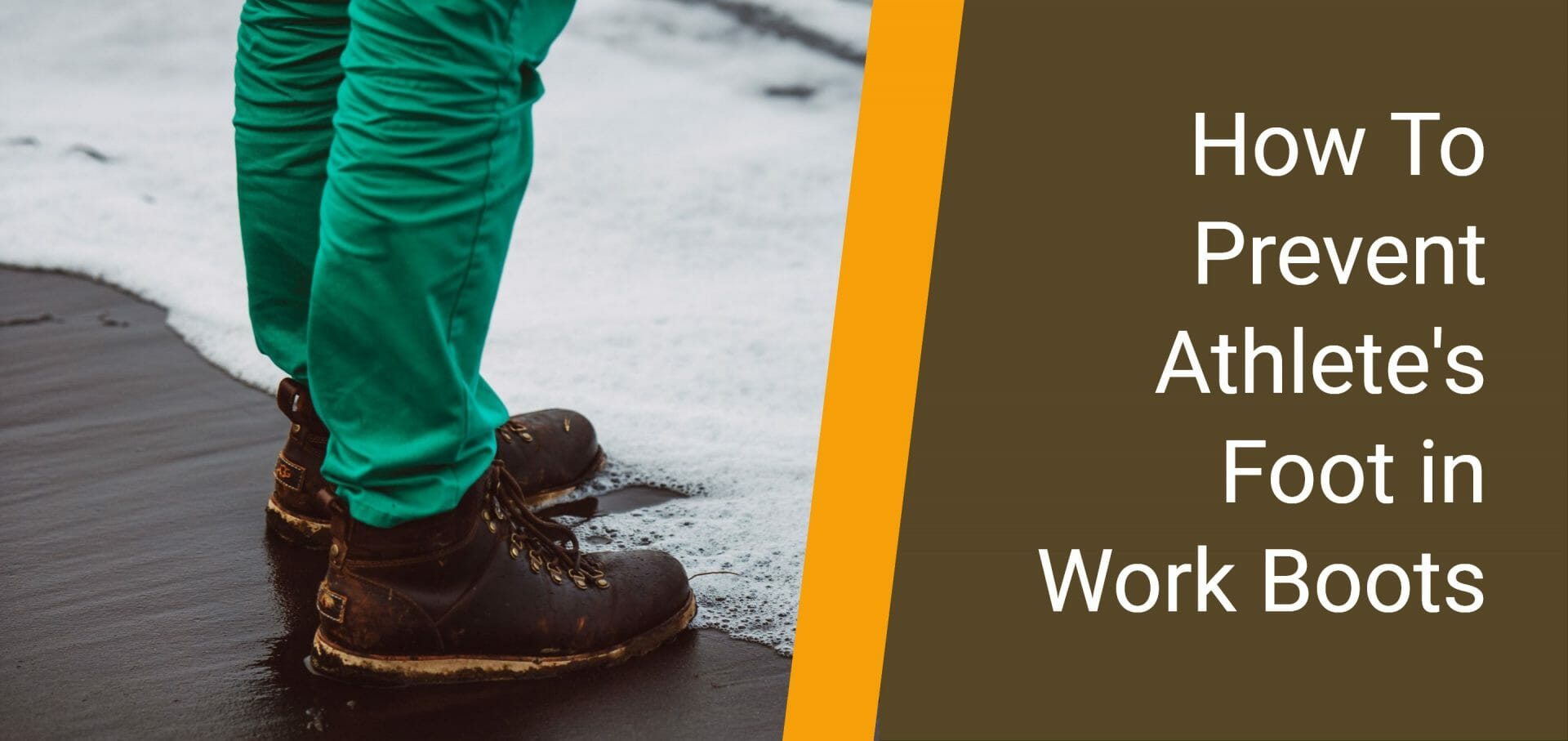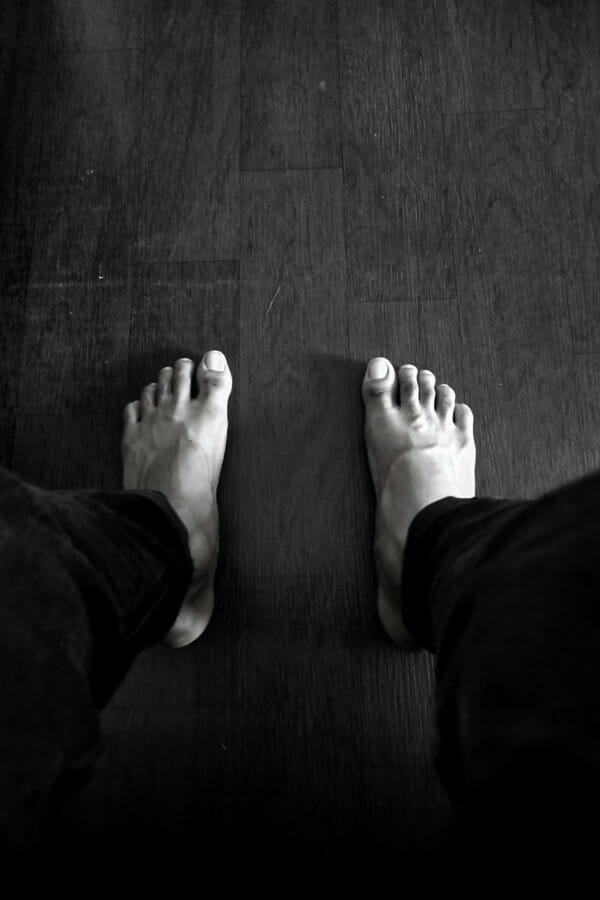
Prevent athlete’s foot and keep feet healthy with these easy-to-apply remedies. It won’t take up much of your time and is a better option than needing to see medical experts because of the burning, stinging, itchy of an infected area that spreads to your toe nails causing a serious problem.
We created a list of treatments and ways to avoid athlete’s foot, making it easy for you to choose a treatment plan that reduces sweating and keeps feet dry.
Causes of Athlete’s Foot
According to the Mayo Clinic, it’s the tinea fungus. The same type of fungi that cause ringworm and jock itch is also responsible for athlete’s foot. The organisms love to grow in warm, humid conditions – such as damp socks and shoes.
A person can get athlete’s foot by catching it from a contaminated surface or by contacting someone who suffers from the condition themselves. This can mean a shower floor or even a towel that was on an infected floor. You can also get it if you use a towel that someone with athlete’s foot has used before you. It’s hard to know what surfaces harbor the fungus.
It’s pretty easy to catch this fungus. Showers, locker rooms, and swimming pools are breeding grounds for this fungus because of the moisture you’ll find there.
Because moisture is the enemy, wearing thick shoes or boots with absorbent socks helps explain why it spreads and thrives so quickly.
10 Ways to Prevent Athlete’s Foot
Keep Your Feet Clean And Feet Dry
Keeping your feet clean before and after you wear work boots is one way of preventing athlete’s foot. Dirty feet are a great breeding ground for a fungal foot infection. Wash with antibacterial soap and scrub between the toes.
Although evident that you should wash your feet daily, you should also keep your feet dry. Use a separate dry towel to wipe your feet, and make sure you dry between the toes. Try a hairdryer if a towel doesn’t dry your feet sufficiently.
Wear Shower Sandals
Wear shower sandals or water shoes when using public showers at the swimming pool or communal showers in the locker room or gym. By avoiding walking or standing bare feet in public areas, you reduce the risk of potential fungal infections.
Stop your Feet From Sweating
Breathable work boots and socks allow continuous airflow that keeps feet cool in hot and cold weather. Your feet won’t sweat less in cold weather if there is no airflow and you’re wearing thick socks or two pairs of socks. A breathable boot often features a moisture-wicking lining that absorbs the moisture drawing the sweat away from the feet. Make sure to keep your feet from sweating!

Work Boots With Anti-Microbial Lining
Many breathable work shoes feature anti-microbial linings that reduce foul odor-causing bacteria to grow. If you are prone to excessive sweating or work in a hot environment where feet sweat, make sure your work boots are made from breathable leather or canvas materials and feature a breathable, anti-microbial lining.
Wear The Right Socks
Wearing light socks during warm weather and thicker socks in cold weather helps keep feet at room temperature, avoiding excess heat that causes sweating and odors. A heavy pair of shoes and tight socks prevent airflow causing sweaty feet and the potential for athlete’s foot and aggravating infected skin.
Natural fibers like cotton socks won’t keep your feet dry and cool; better options are polyester, Coolmax, or merino wool socks that breathe. When your feet stop sweating, you prevent odor formation.
Change socks regularly, as often as needed to keep feet completely dry. Take an extra pair of clean socks to work or keep extra socks in your car or bag. When one pair of socks become too damp, change socks. Dry socks will help prevent sweating which is the perfect breeding ground for athlete’s foot, common fungal infection, and bacteria growth.
Use Antiperspirants Spray For Foot Odor
Apply antiperspirant spray or roll-on antiperspirant to remove the unpleasant odor caused by sweaty feet. Hot temperatures stimulate sweat glands, and your feet have more than any other part of your body. Use underarm antiperspirant if you don’t have antiperspirant spray or roll-on specially designed for feet.
Wear Proper Footwear
Wear boots that fit you properly and won’t chafe or cause skin irritation. Workers who wear protective footwear protecting their toes and feet, like steel toe work boots and composite toes, may find that the toe cup does not provide enough room for flexing their toes. Wearing shoes with pointy toes causes discomfort from toes pressed together, increasing sweat production and irritation because toes rub against each other, creating a situation where fungus thrives.
Breathable work boots and footwear with square-shaped or wide toe cups with enough room for the toes will wick moisture away and prevent excess sweating keeping toes and feet fresh.
Foot Powder For Dry Feet
Foot powder absorbs extra moisture and is an inexpensive way to help decrease sweating for mild to moderate sweating. However, if you suffer from hyperhidrosis’s medical condition, use quality powder to keep your feet dry together with other remedies to help reduce the excessive sweating from overactive sweat glands.
You could also use baby powder on the inside of your boot to absorb moisture. It’s an easy way towards avoiding athlete’s foot by ensuring your boots are dry and not damp when putting them on the following day.
Wear Clean Boots And Use Antibacterial Spray
Make sure your boots are clean, on the outside and inside. Smelly shoes result from sweating in your work boots, not cleaning them, and wearing them again while they are damp on the inside.
Spray the inside of your shoes with an antibacterial spray; make sure you spray the toe area; fungi multiply in dark places. The spray’s antibacterial properties remove any bacteria and fungi inside the boot from toenail fungus or athlete’s foot.
More Ways Avoiding Athletes Foot In Protective Footwear
- Black Tea. The tannic acid in black tea reduces sweat production. Add black tea teabags to warm water and soak your feet for about 15-20 minutes.
- Newspaper. A thin sheet of newspaper inside your work boots will absorb the sweat as it forms.
- Boot Dryer. Use a boot dryer to dry your work boots before wearing them again. Avoid wearing wet boots; fungi grow in wet areas.
- Alternate Boots. Alternate between two pairs of work boots gives one pair sufficient time to dry before wearing them again.
- Antifungal Powders. Apply powders and antifungal ointments as a medical professional prescribes to treat a bacterial infection, infected toenails, and athlete’s foot. Be careful when combining powders and antiperspirants; it may cause an allergic reaction.
- Baking Soda. Baking soda removes foul odors and moisture. Sprinkle in your boots and leave overnight.
- Cornstarch. Cornstarch is a natural exfoliator that removes dry skin.
- Baby Powder. Although talcum powder smells fresh, it doesn’t prevent foot odor. However, it does absorb moisture.
- Apple Cider Vinegar. The acidic agent in apple cider vinegar functions as a natural antiseptic and disinfectant.
- Drink Water. Staying hydrated regulates body temperature, especially when it’s hot, and it sometimes helps reduce sweating.
Which remedies do you find are the best treatment to avoid and treat athlete’s foot?

